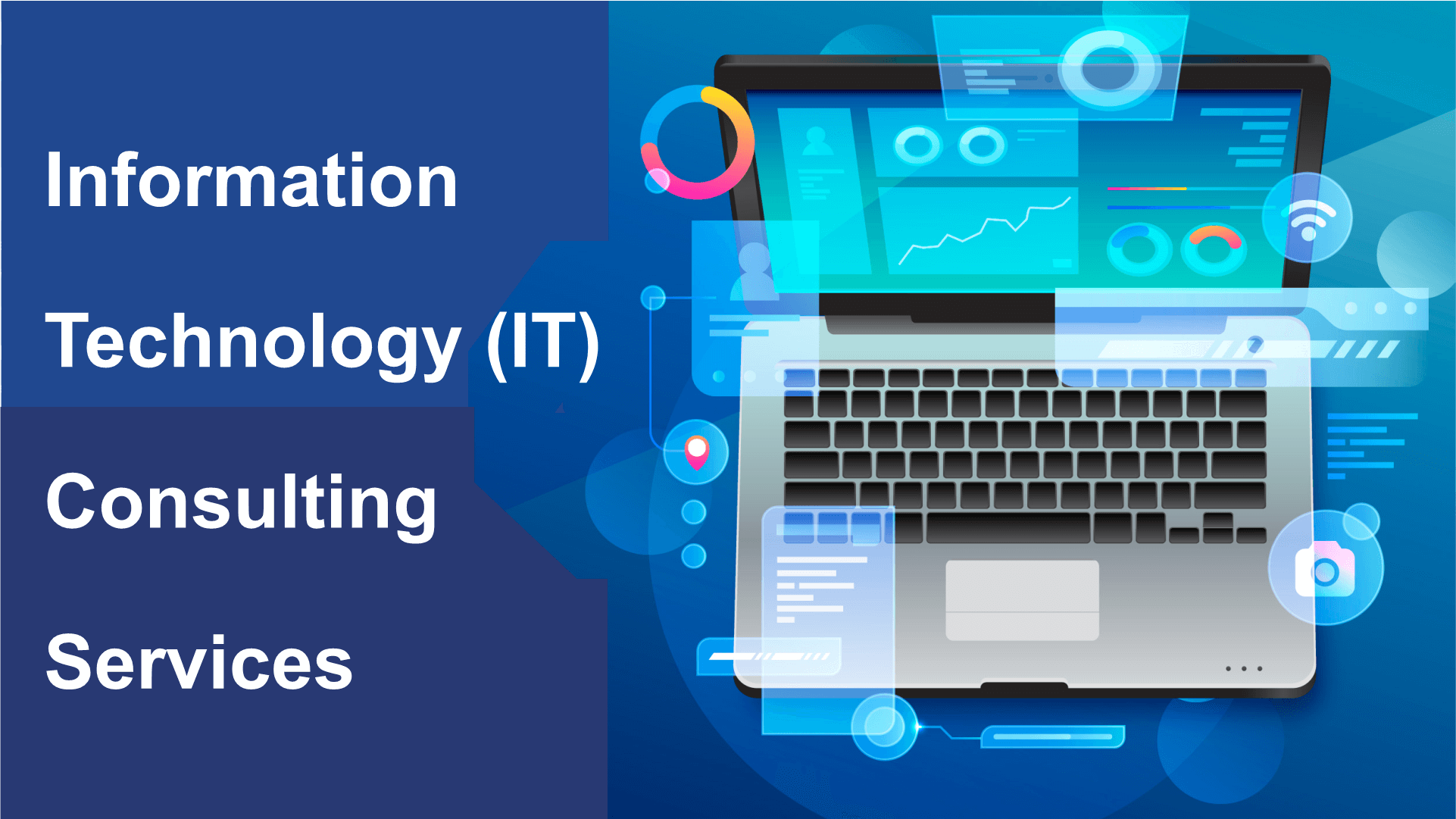Information technology (IT) Consulting Services
nformation technology (IT) consulting services give the permission to the companies to decide or begin a system of IT strategies and
solutions to achieve business information technology alignment, and operate the maximum value from any current IT
initiatives or start-ups.
An IT (Information technology) consultant handles everything from computer repairing to its management and maintenance of a huge network.
All IT experts are skilled in all their fields, and think - tanks who work with companies as advisors. They help a business with specific,
critical and complex issues, which are sometimes integrated with optimizing the workflows and projects of the company, and
offering accurate knowledge on how to do things better.
We focus our whole attention on the advisory stage if you work through IT challenges and set down the strategies for
positive IT transformation. Also provide a full-service package of assistance for IT projects that we plan, design,
implement and continuously give support to technology - powered solutions.
Our full service package of IT assistance for IT project are categorized into three specialties, that is;
1. Project planning.
2. Maintenance and implementation.
3. Repair and support.
Project planning consists of;
a) IT Solution/ IT strategy design.
b) Feasibility study.
c) Implementation plan.
Maintenance and implementation consists of;
a) IT solution implementation.
b) IT solution migration.
c) IT solution modernization.
Repair and support consists of;
a) Managed IT services.
b) Help desk.
These are some of our IT consulting services;
a) IT advisory
1. Examine your IT environment: IT applications, network complexity, application integrations, databases
and data warehouses, & development infrastructure.
2. Exploring business processes and uncovering process inefficiencies hampering business performance or
new business initiatives.
3. Frame a full-scale IT strategy which is working for modernization of your existing IT or gives introduction
of new digital technologies.
b) IT solution implementation
More than 50% of our developers are senior, in that way coding is secured in high quality;.
1. Analysing your business requirements.
2. Proposing an IT solution and delivering a well-structured clear plan for its implementation: project timeline,
budget, required IT resources defined.
3. Installing, configuring and customizing all the software components constituting the solution.
4. Integrating software components in a compound IT environment.
c) IT modernization
To improve the expensive maintenance of outdated technologies and improve their effect on your business productivity;
1. Investigating the code and infrastructure of long-running applications.
2. Planning improvements: software re-architecting, re-coding, platform migration, containerization.
3. Implementing the changes.
d) Infrastructure management
To maintain flexible and secure IT infrastructure and save on in - house IT workforce;
1. Providing functional and technical application support.
2. Monitoring, upgrading and supporting enterprise systems: data centres, directory services, intranet and
collaboration solutions, CRM (Customer relationship management) systems, e-mail and VoIP (Voice over Internet Protocol)
systems, etc.
3. Monitoring the performance and security of corporate e-solutions.
4. Administering cloud infrastructures and continuous cloud optimization.
5. Maintaining network security.
e) Managed IT services
On - demand and enterprising handling of all IT-related functions and maintenance undertaking;
1. Introducing minor and major upgrades to your business applications.
2. IT infrastructure administration.
3. Cloud usage optimization.
4. Maintenance activities: performance, security, capacity, issues, patching, backups.
5. Help desk.
6. Virtual CIO (Virtual Chief Information Officer) services.
e) f) Cloud consulting and migration
To achieve overpriced performance, flexibility and cost - effective for the infrastructure and applications in cloud environment;
1. Assessing your infrastructure, applications and data.
2. Planning application and data warehouse architectures adapted to the cloud.
3. Deciding on an optimal cloud model and migration strategy.
4. Cloud deployment and testing.
Thanks!
Call Now




